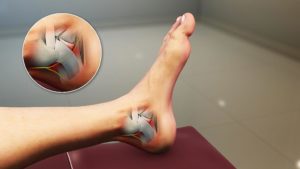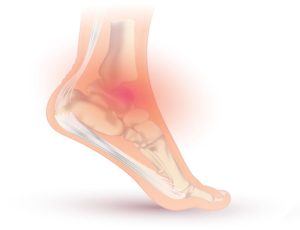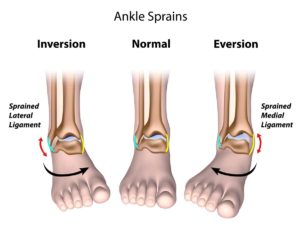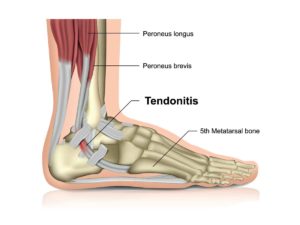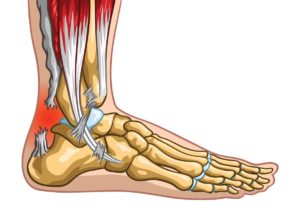
Ankle Impingement
Typical Symptoms
Ankle impingement can lead to a sudden, sharp pain at any aspect of the ankle, but more commonly at the anterior (front) or posterior (rear). Generally it is related to certain activities and there can be associated, localised swelling.
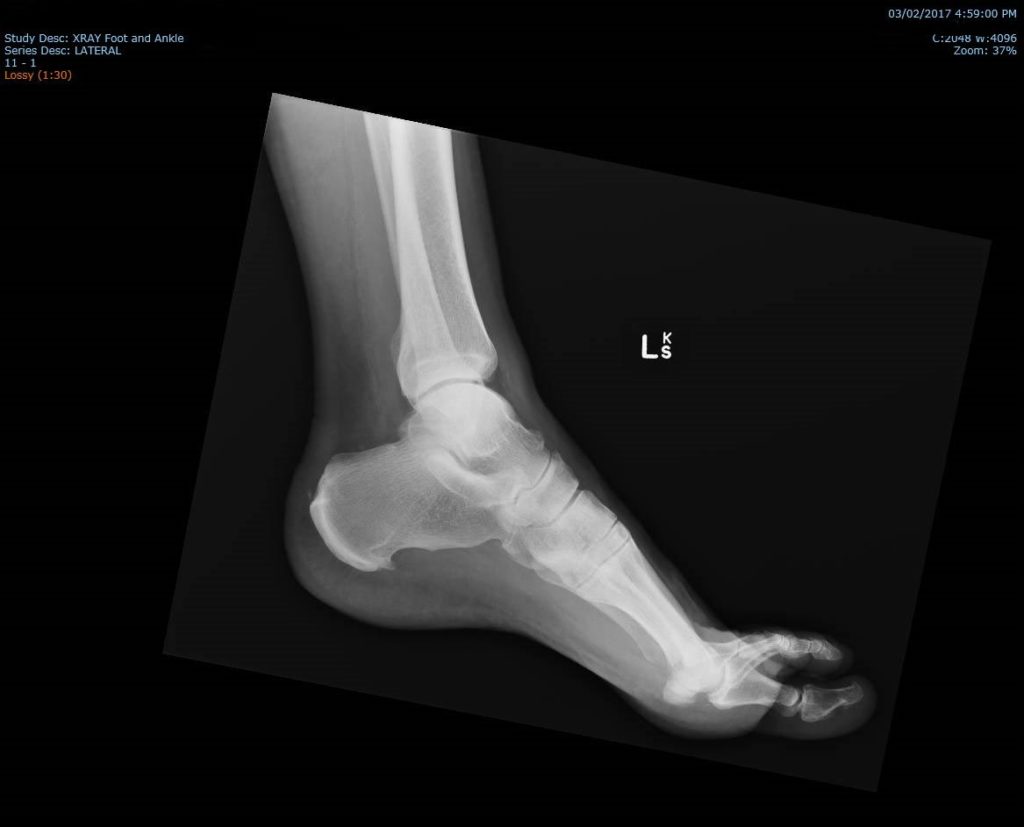
What causes it?
Impingement can be due to catching of the joint capsule (due to swelling or thickening), tendon (due to tendinopathy) or even the bone (due to degenerative (wear and tear) changes) as the ankle moves. This is particularly so at the end range of movement with force or pressure applied.
How can I help myself?
It is helpful to reflect on when the symptoms first started to therefore understand the mechanism of onset. This can also help understand why the symptoms may be recurring. If there is an association with a particular activity, working with a coach can help improve technique. Equally, if there is considerable swelling and pain, offloading from the activity and following PRICE guidelines can also help, as can analgesia such as anti-inflammatories.
When to seek help?
If your symptoms are quite significant and your mobility, function or sporting activity is impaired, it would be good to have your ankle assessed as when possible.
What are the treatment options?
Once your clinician assesses you with a thorough history and examination, they may undertake a weight-bearing X-ray to look for degenerative changes in the ankle. Sometimes on initial investigation, a cause may not be evident and an ultrasound scan can help assess the soft tissue around the joint.
For most, rehabilitation with a physiotherapist or podiatrist will be improve symptoms, but if it persists, you may require an MRI scan for further investigation and perhaps an ultrasound-guided cortisone injection for pain symptoms or to reduce swelling. If this is ineffective, a surgical intervention may be warranted.



